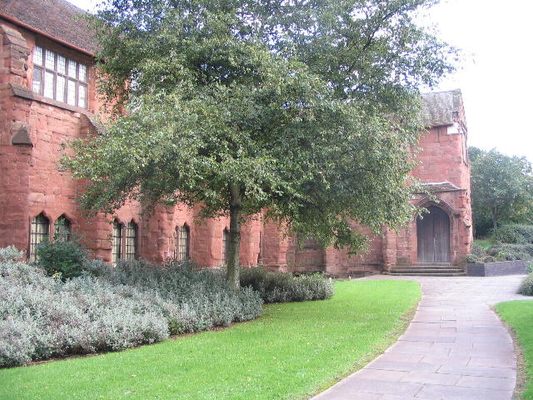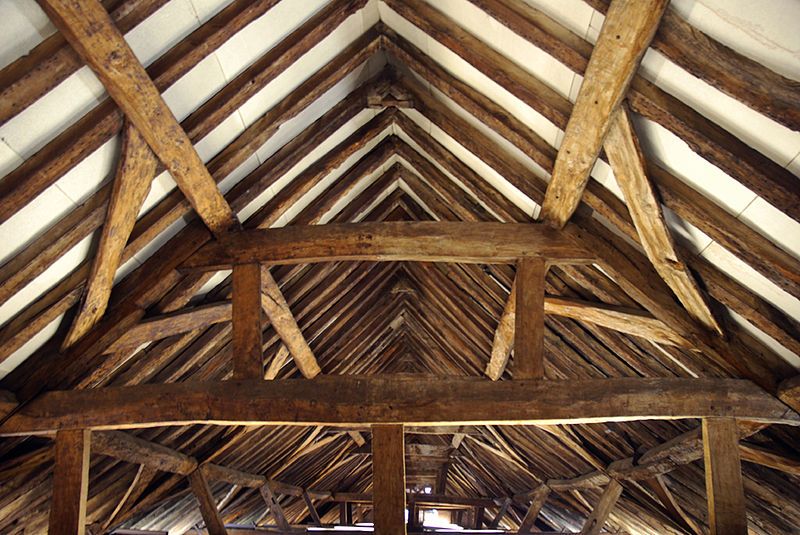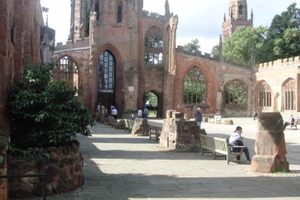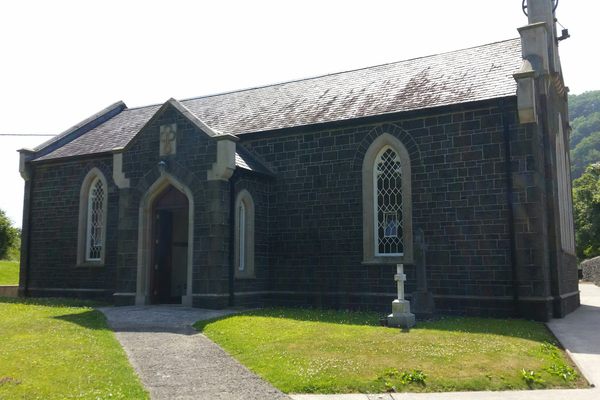About
Update as of November 2023. The site is currently closed indefinitely.
The few buildings that make up Coventry’s "Whitefriars" area are all that remain of a Carmelite Friary founded in 1342. When Elizabeth I stayed there in 1565, it is believed that she addressed the public from a first-floor window and admonished the people for neglecting religion.
Whitefriars took a long road to ruin. Henry VIII closed it almost 200 years after opening during the English Reformation when the nascent Church of England supplanted Catholicism in the country. A member of Parliament named John Hales came into possession of the property, demolishing much of it and converting the rest into a residence called Hales Place. Hales was forced to live abroad during the reign of the Catholic Queen Mary I, but he returned when Elizabeth took the throne and restored Anglicanism.
Later, during the 19th century, the building was used as a workhouse where conditions are said to have been very harsh. It was then damaged by bombing during World War II, before becoming a Salvation Army homeless shelter in 1948. Extensive restoration followed in 1965, and a museum was founded in 1970. The buildings have been unoccupied since the museum’s 1990 closure.
Until Whitefriars’ next life is decided, visitors can explore the grounds and enjoy what’s left of the buildings. There’s not much left to see off most of the Cloisters or the Friary church, but you can still get a good look at a large hall and the old gatehouse (which is about 200 yards away). If you’re quiet, you might be able to hear the echoes of Elizabeth’s prickly sermon.
Related Tags
Know Before You Go
Though Whitefriars is currently owned by Herbert Art Gallery and Museum, only the grounds are open to the public. Not the buildings themselves.
Published
August 20, 2018





























































